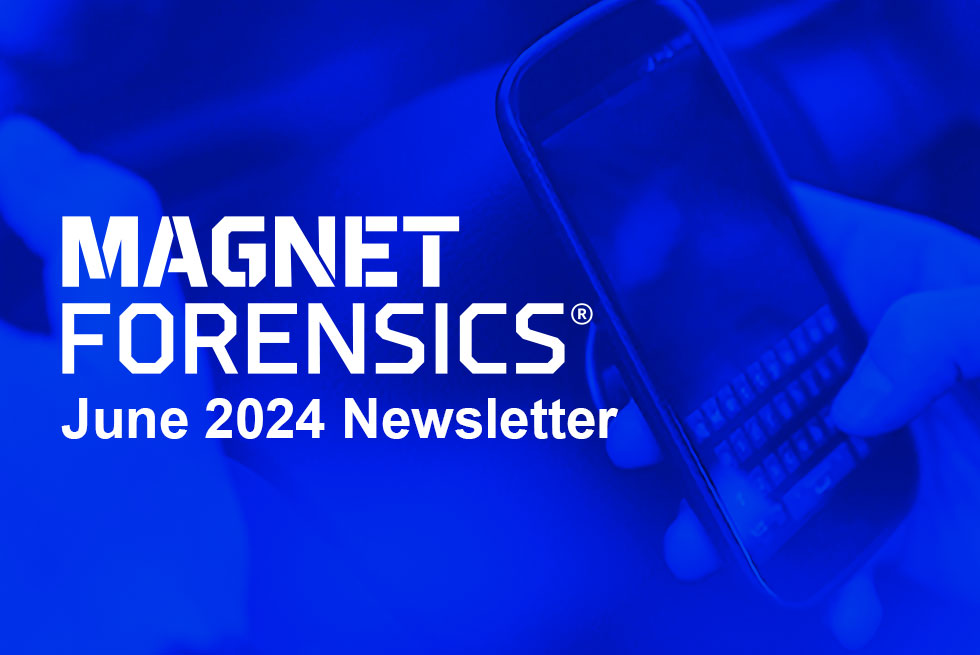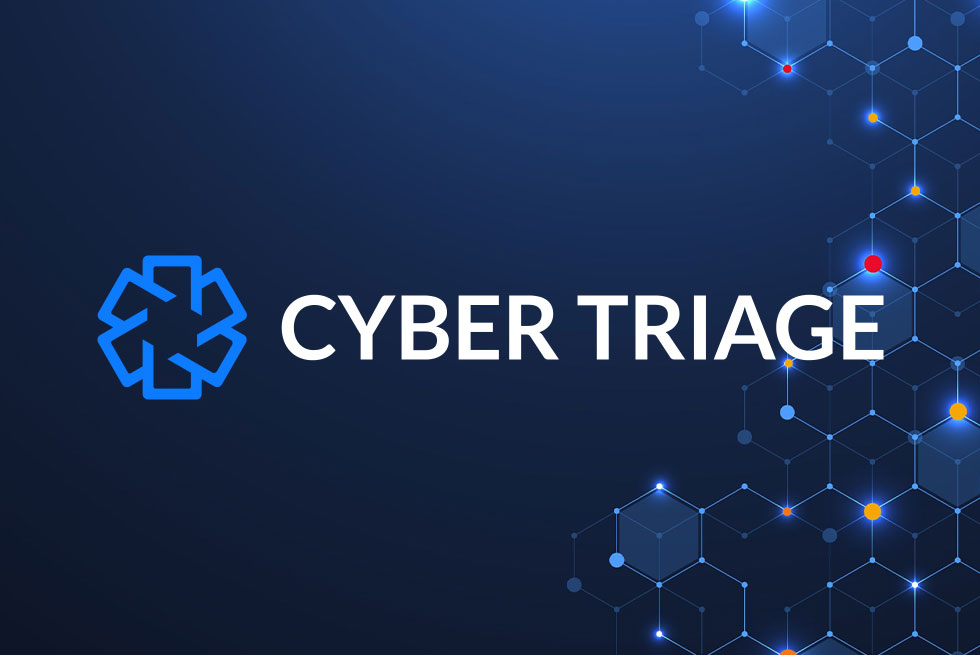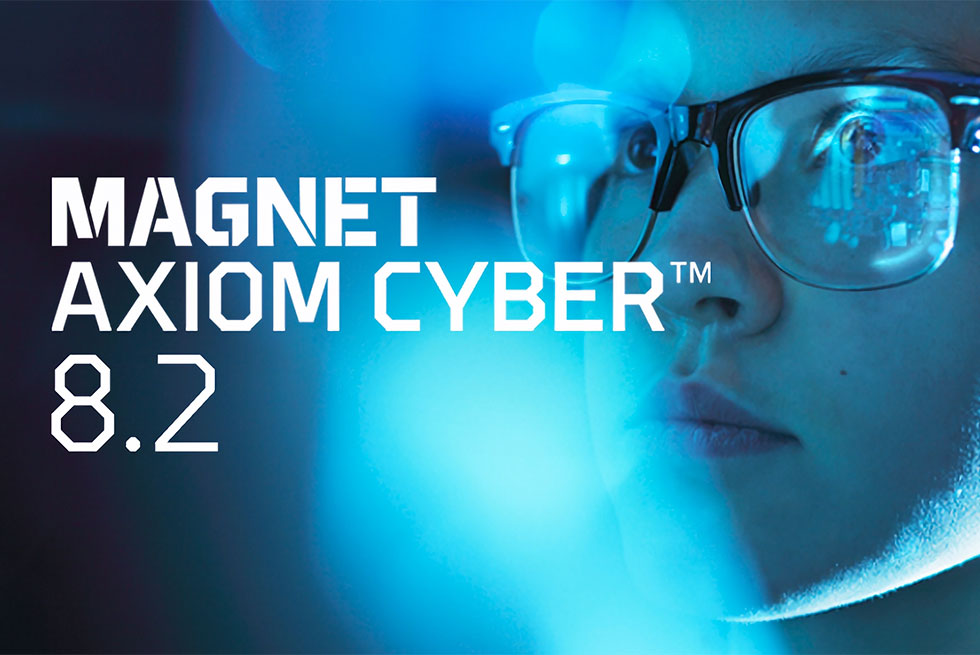DDI4 improvements:
Any storage device visible by motherboard BIOS can now be used as the Destination drive (whether it’s a USB drive, SATA drive, etc.). Note: this works well on most systems, but it’s possible some motherboards/BIOSes could present unexpected issues.
Maximum imaging speed increased from ~90MB/s to ~130MB/s when the Destination is a SATA drive connected directly to the motherboard. Note: most motherboards built on Intel Z97, Z170, Z270, or Z370 chipsets allow 130MB/s, but if you have an older board then it may not be capable of achieving this speed.
Major rework of communication over PCIe interface to improve stability, particularly with newer motherboards. “ATA Interface Issues!” errors should no longer happen, unless there is an issue with destination drive.
Major USB Add-on stability improvements. USB drives which suddenly fail to respond to all commands should now be correctly repowered.
Implemented error handling algorithm for headmap building. The process should no longer stop due to intermittent errors part of the way through.
Maximum read block size increased from 120 to 128 sectors.
Ctrl + Shift + t shows map statistics for selected area only.
Forensics Add-on: MD5 is now calculated for every range of good sectors, instead of stopping calculation at the first bad sector.
Minor bug fixes.
DRE Improvements:
New DRE Control Panel which shows the status of all DDIs on the network and allows sending automated emails when DDIs become idle.
DRE now shows the imaging speed graph, to better identify when the drive is degrading and/or going through a problematic area.
Improved file system scanning algorithms, finding more files on partitions with logical corruption.
All a disk imager needs to do is copy data? FALSE!
Every other disk imager on the market is made for data reproduction – copy data from one happy drive to another. Great, but . . .
News bulletin: Trouble-free disk drives are not your stock-in-trade!
When you use traditional disk imaging tools and methods designed to deal with intact hard drives, not unstable ones with bad sectors, then the system freezes, drives stop responding, disks degrade or fail under intensive reading, valuable files remain corrupted . . .
The Right Way: A PDR Certified™ disk imaging device that is up to the demands of professional data recovery must deliver some very specific functionality.





